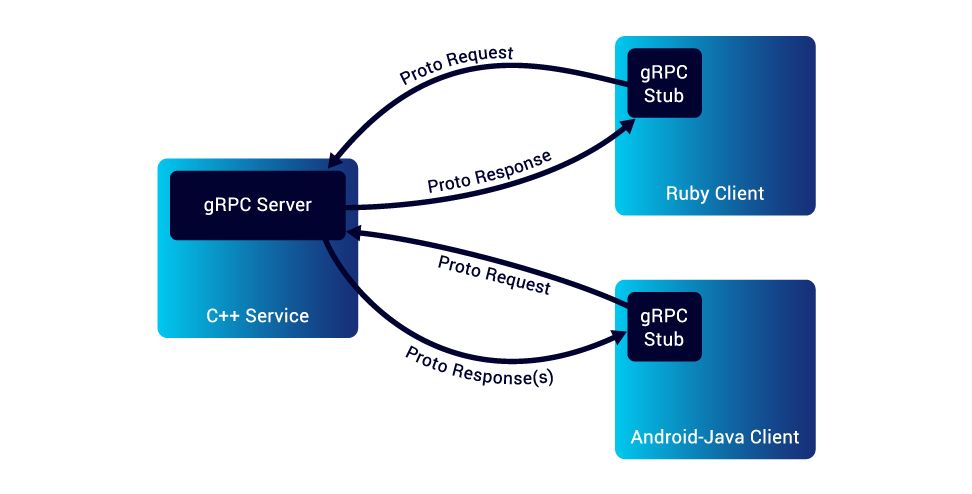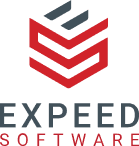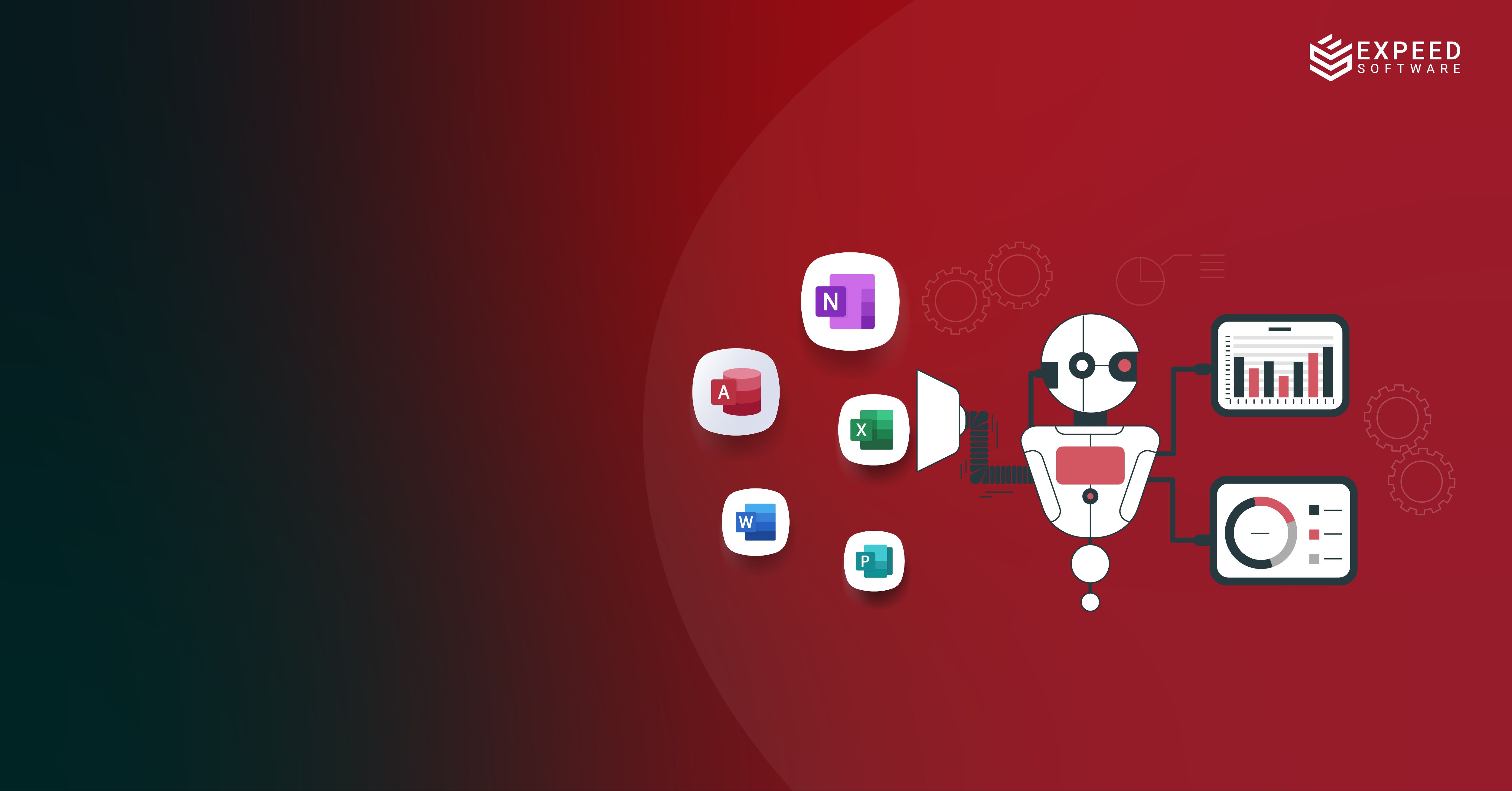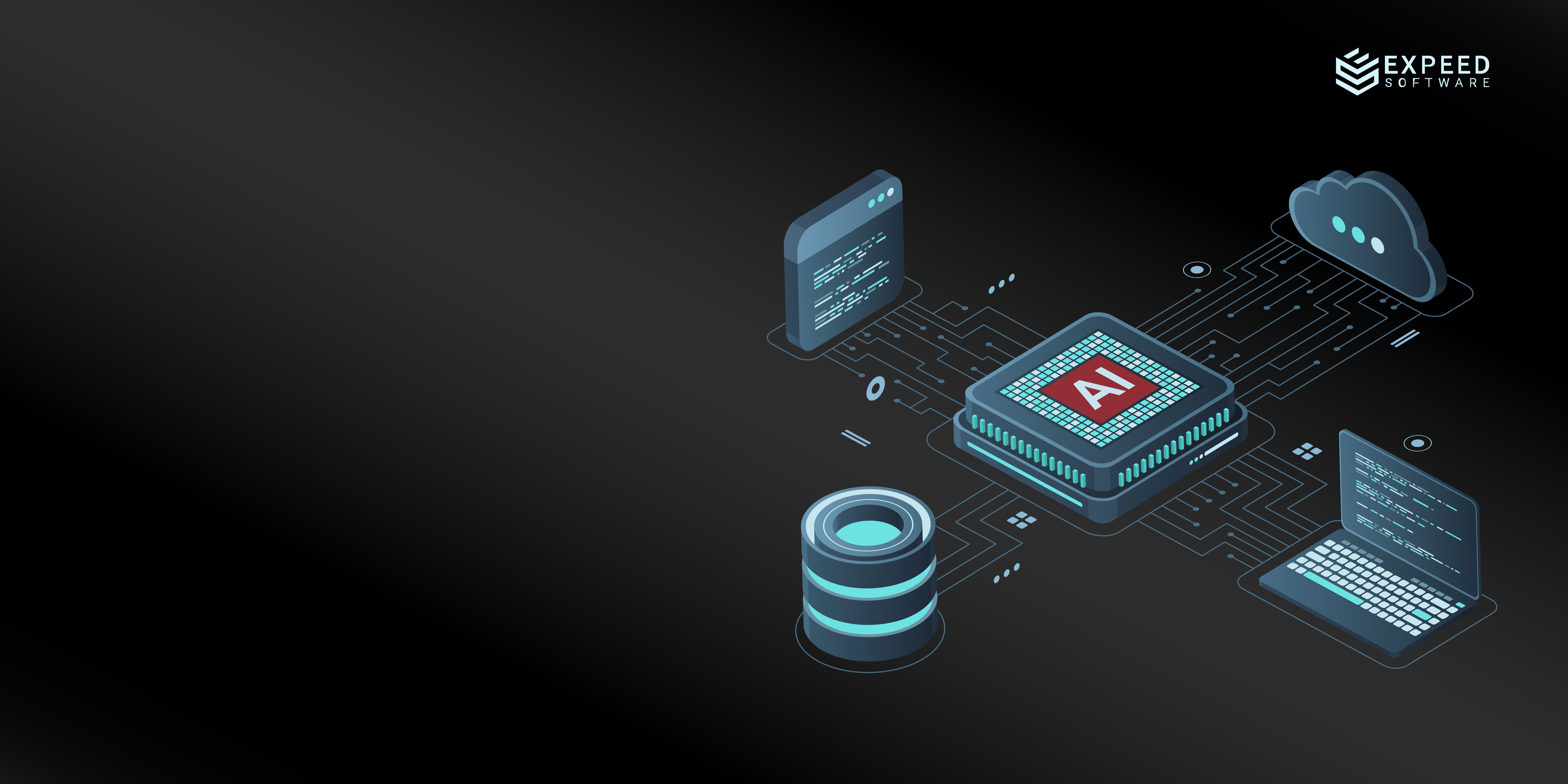gRPC is a revolutionary open-source Remote Procedure Call (RPC) framework created by Google and powering the world’s most sophisticated systems. Initially developed as an internal project, gRPC uses the HTTP/2 protocol for communication between services, allowing client-server applications to communicate seamlessly. It enables the building of powerful connected systems and has been used by Google to power its microservices in data centers for over a decade. gRPC is now available as open source, giving developers access to its many features and providing unprecedented levels of performance, scalability, and reliability.

(Image source: gRPC.io)
How APIs are Built
When building APIs, developers have traditionally had three distinct options: RPC, REST and SOAP.
- RPC stands for Remote Procedure Call, allowing clients to call methods on a server application located on a different machine as if they were local.
- REST stands for Representational State Transfer, and it works by using the HTTP protocol to send requests from the client to the server.
- SOAP is the grandfather protocol and stands for Simple Object Access Protocol, and it is an XML-based messaging protocol used to exchange information between two applications over a network.
Each of these options has its own advantages and disadvantages, but gRPC offers many benefits that make it stand out from the rest.
gRPC Benefits
- Lightweight messages: gRPC uses Protocol Buffers (Protobufs), which are binary encoded messages that are much smaller than JSON (up to 30%) or XML, making them more efficient when sending data over the wire.
- High performance: gRPC’s use of HTTP/2 makes it faster (up to 8 times) than traditional REST APIs since multiple requests can be sent over one connection simultaneously. In addition, its use of Protobufs makes serialization faster than JSON or XML, which also contributes to its high performance.
- Built-in code generation: gRPC provides built-in code generation tools which allow developers to quickly generate client libraries in multiple languages, such as C++, Python, Java, Go, Dart, Ruby, and Objective-C, without having to write any additional code themselves. This makes developing with gRPC much easier than other API frameworks like REST or SOAP, where developers would have to write all their own code manually.
- More connection options: gRPC supports bi-directional streaming, which allows clients to stream data both ways without having to wait for each request/response cycle like in traditional REST APIs. This makes it possible for clients to receive real-time updates from servers without having to poll them for new data constantly.
Overall, gRPC provides many benefits that make it an attractive option when building connected systems and APIs. Its lightweight messages, high performance, built-in code generation tools, and more connection options make it an ideal choice for developers looking for an efficient way to build distributed applications with minimal effort. This explains why it has been widely adopted by hundreds of tech companies, including the likes of Dropbox, Uber, IBM, Square, Docker, Netflix, Cisco, Spotify, and so on.
If you would like help implementing gRPC for your connected systems, contact Expeed Software for more information. Our team of experienced developers can help you make the most out of this powerful framework and build reliable, efficient systems that can scale easily and perform optimally.

Expeed Software is a global software company specializing in application development, data analytics, digital transformation services, and user experience solutions. As an organization, we have worked with some of the largest companies in the world, helping them build custom software products, automate processes, drive digital transformation, and become more data-driven enterprises. Our focus is on delivering products and solutions that enhance efficiency, reduce costs, and offer scalability.


